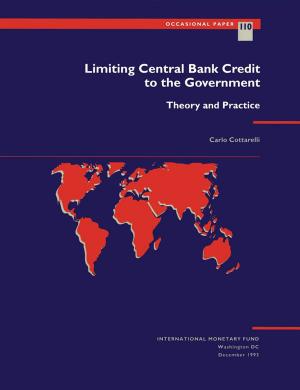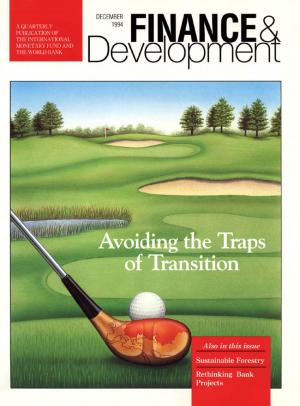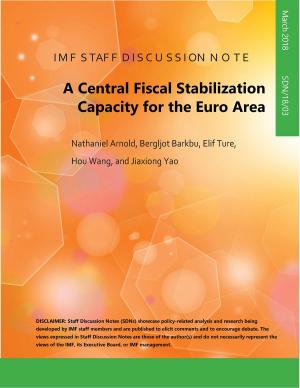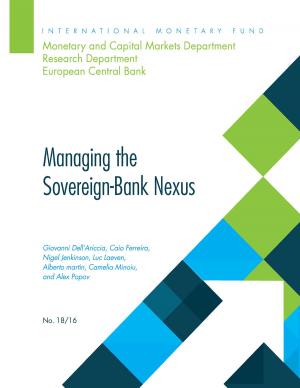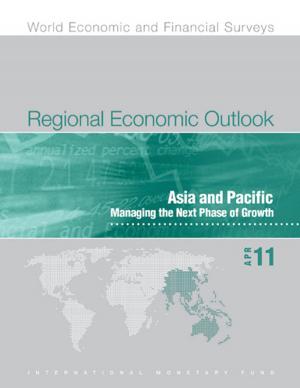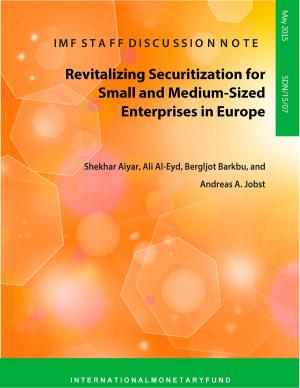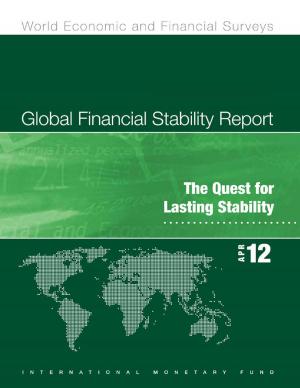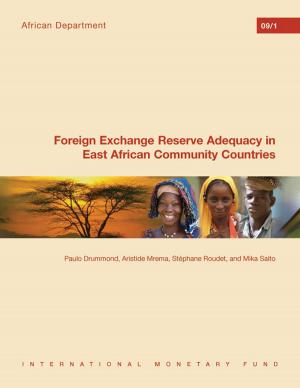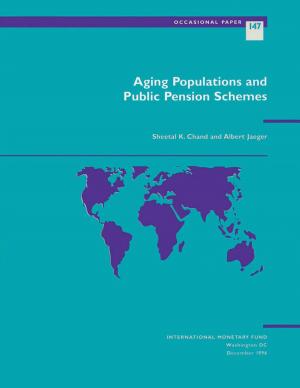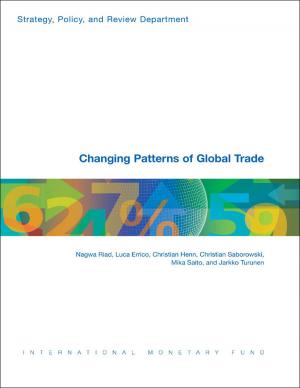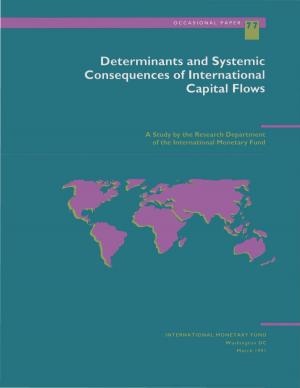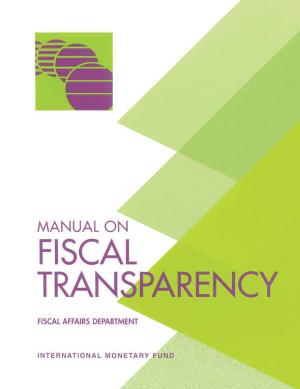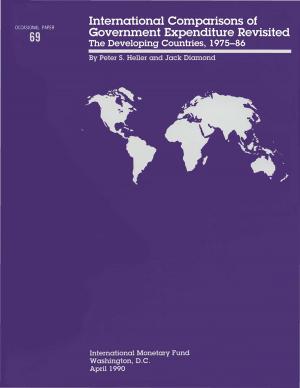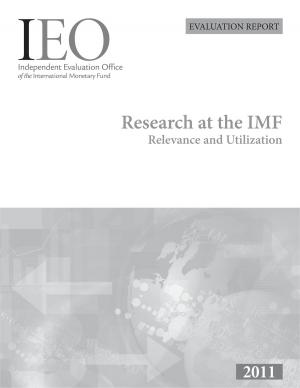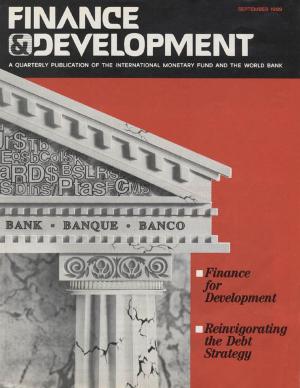Paraguay: Corruption, Reform, and the Financial System
Business & Finance, Economics, International Economics, Macroeconomics| Author: | Jeffrey Mr. Franks, Randa Miss Sab, Valerie Ms. Mercer-Blackman, Roberto Benelli | ISBN: | 9781452756400 |
| Publisher: | INTERNATIONAL MONETARY FUND | Publication: | September 7, 2005 |
| Imprint: | INTERNATIONAL MONETARY FUND | Language: | English |
| Author: | Jeffrey Mr. Franks, Randa Miss Sab, Valerie Ms. Mercer-Blackman, Roberto Benelli |
| ISBN: | 9781452756400 |
| Publisher: | INTERNATIONAL MONETARY FUND |
| Publication: | September 7, 2005 |
| Imprint: | INTERNATIONAL MONETARY FUND |
| Language: | English |
Following some historical background, this paper describes how corruption is manifested in Paraguay. The paper distinguishes between factors that explain the growth performance of Paraguay since 1960 (where corruption does not directly enter as a significant factor) and factors that explain the relative level of income of Paraguay in the past 40 or 50 years compared with other countries. It then illustrates how Paraguay's weak institutions may have led to long-term growth below its potential. Finally, the authors briefly consider how Paraguay could improve its institutions. To the extent that prudent policies and the willingness to consider the adoption of international best practices will exert pressure for change in Paraguay, a gradual improvement of institutional quality will ensue, which is necessary for sustained long-run growth.
Following some historical background, this paper describes how corruption is manifested in Paraguay. The paper distinguishes between factors that explain the growth performance of Paraguay since 1960 (where corruption does not directly enter as a significant factor) and factors that explain the relative level of income of Paraguay in the past 40 or 50 years compared with other countries. It then illustrates how Paraguay's weak institutions may have led to long-term growth below its potential. Finally, the authors briefly consider how Paraguay could improve its institutions. To the extent that prudent policies and the willingness to consider the adoption of international best practices will exert pressure for change in Paraguay, a gradual improvement of institutional quality will ensue, which is necessary for sustained long-run growth.

